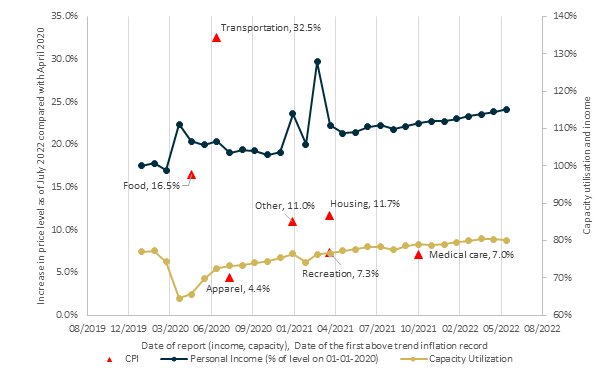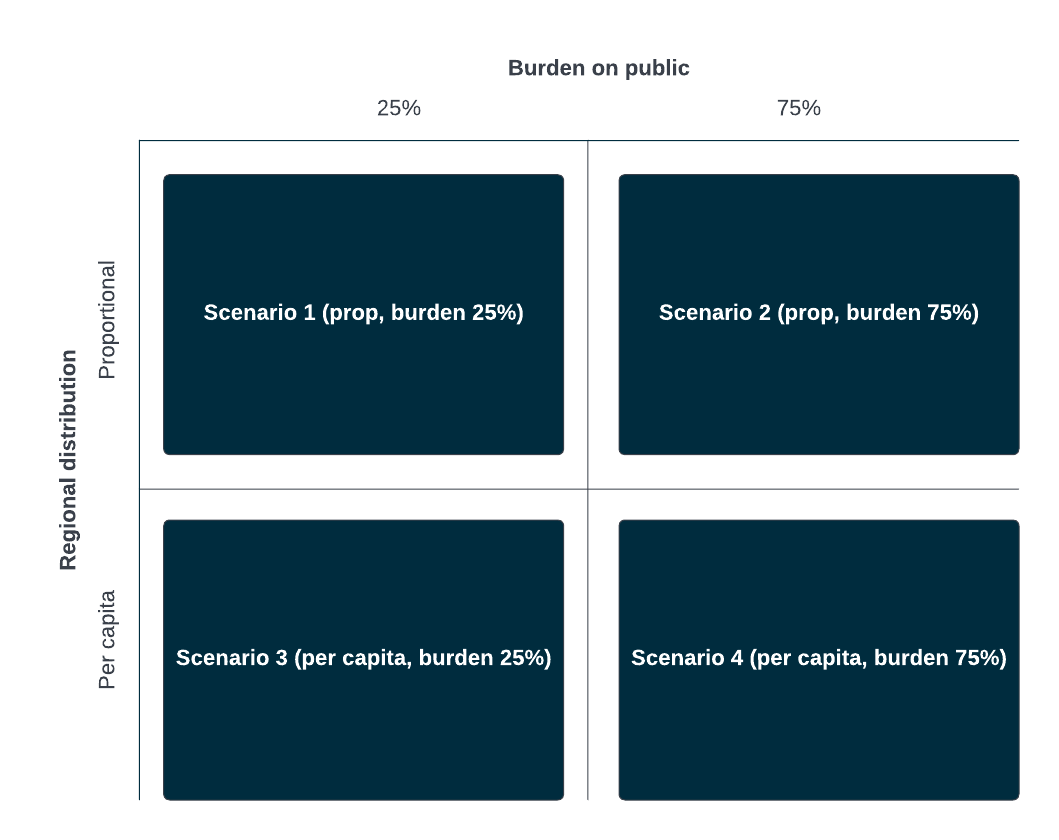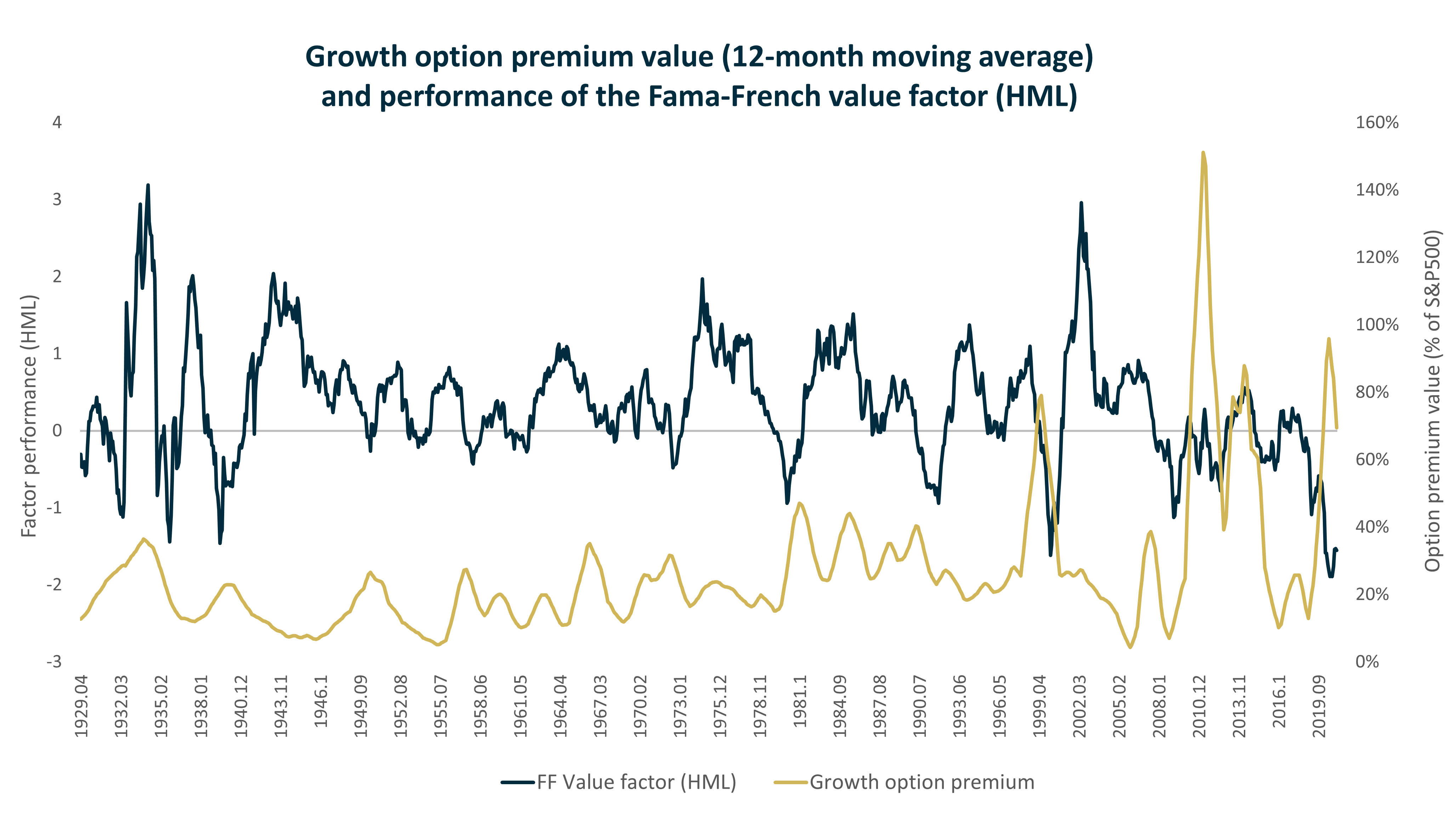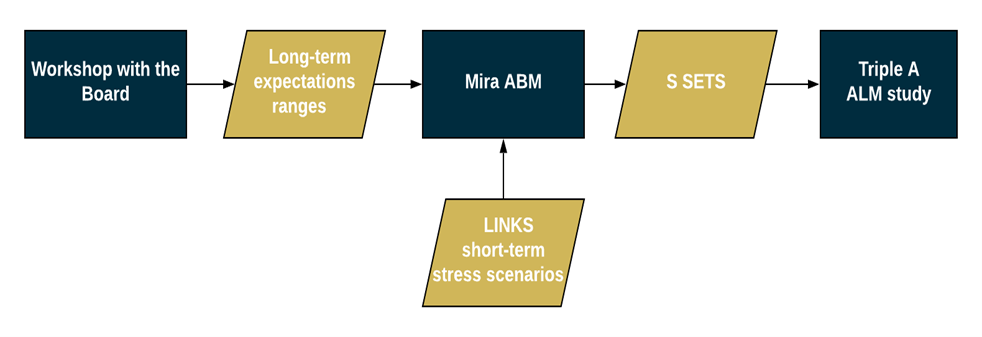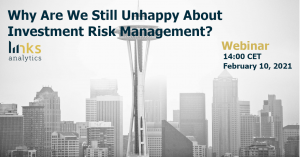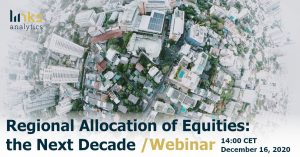The current shortage of labour in the service sector is likely to be short-lived. The accelerating pace of automation in the next five years is likely to trigger increasing generational inequality. Underemployment and lagging income levels of younger employees will have a strong deflationary impact of up to 3% annually in Europe, causing negative yields, high equity returns, even greater inequality and social unrest.
The rapid and accelerating pace of automation in the past two decades did not render people jobless. Instead, it drove about 10-15% of working population from very productive industries to mostly low-wage service industries, such as restaurants, hotels, health care services and education. This migration resulted in overall sluggish productivity growth rates, lower demand for products and eventually – lower interest rates. Better margins in highly productive industries combined with lower interest rates provided for stellar equity returns.
The next round of acceleration in automation is currently taking place in the social, commercial and professional services industries, particularly replacing jobs traditionally held by younger inexperienced junior employees. Due to the fast pace of this transition, the markets are unlikely to adjust appropriately and in time with new job creation. This will lead to increasing generational income gap and lower consumption demand.
To be clear, we do not claim that our assumption for the pace of replacement of young people is accurate. Merely that it is probable, given what we observe in everyday life in shops, restaurants, movies, sales and marketing businesses, legal or accounting firms. If these assumptions are close to reality, it is likely to result in interest rates that are ~300 basis points below average for the last decade, low inflation or possibly deflation and strong equity returns (an upside of ~50%).




